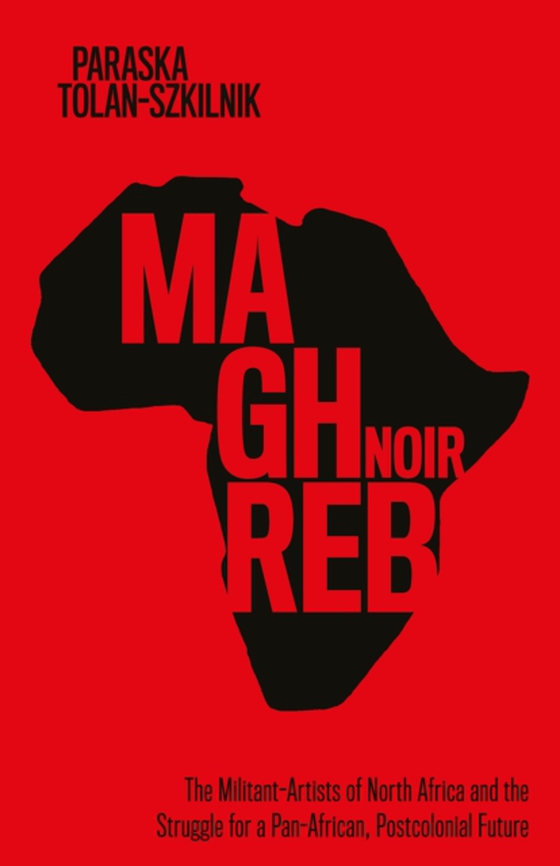
Maghreb Noir e-bog
261,25 DKK
(inkl. moms 326,56 DKK)
Upon their independence, Moroccan, Algerian, and Tunisian governments turned to the Global South and offered military and financial aid to Black liberation struggles. Tangier and Algiers attracted Black American and Caribbean artists eager to escape American white supremacy; Tunis hosted African filmmakers for the Journees Cinematographiques de Carthage; and young freedom fighters from across t...
E-bog
261,25 DKK
Forlag
Stanford University Press
Udgivet
11 juli 2023
Længde
272 sider
Genrer
1HB
Sprog
English
Format
pdf
Beskyttelse
LCP
ISBN
9781503635920
Upon their independence, Moroccan, Algerian, and Tunisian governments turned to the Global South and offered military and financial aid to Black liberation struggles. Tangier and Algiers attracted Black American and Caribbean artists eager to escape American white supremacy; Tunis hosted African filmmakers for the Journees Cinematographiques de Carthage; and young freedom fighters from across the African continent established military training camps in Morocco. North Africa became a haven for militant-artists, and the region reshaped postcolonial cultural discourse through the 1960s and 1970s. Maghreb Noir dives into the personal and political lives of these militant-artists, who collectively challenged the neo-colonialist structures and the authoritarianism of African states. Drawing on Arabic, Spanish, Portuguese, French, and English sources, as well as interviews with the artists themselves, Paraska Tolan-Szkilnik expands our understanding of Pan-Africanism geographically, linguistically, and temporally. This network of militant-artists departed from the racial solidarity extolled by many of their nationalist forefathers, instead following in the footsteps of their intellectual mentor, Frantz Fanon. They argued for the creation of a new ideology of continued revolution-one that was transnational, trans-racial, and in defiance of the emerging nation-states. Maghreb Noir establishes the importance of North Africa in nurturing these global connections-and uncovers a lost history of grassroots collaboration among militant-artists from across the globe.
 Dansk
Dansk

